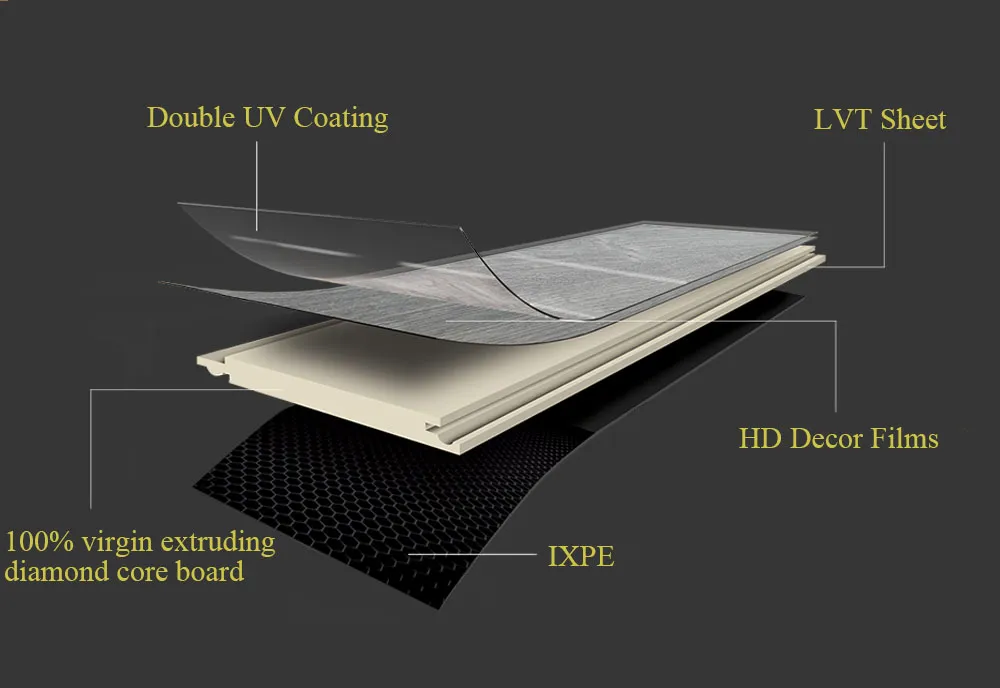Exploring Office Floor Designs for Modern Workspaces and Employee Productivity
The Evolution of Office Floors Redefining Workspaces for the Modern Era
In recent years, the concept of office floors has undergone a significant transformation, reflecting the evolving nature of work itself. Gone are the days of isolated cubicles and rigid hierarchies. Today’s office spaces are designed to foster collaboration, creativity, and overall well-being, catering to a diverse workforce that values flexibility and connectivity.
Historically, office floors were characterized by a series of individual workstations, each cordoned off by partitions that created an environment of separation. While this layout offered privacy, it often led to feelings of isolation among employees. This traditional model began to shift in the late 20th century, driven by the rise of technology and the necessity for more dynamic working environments. As companies recognized the importance of teamwork and communication, the layout of office floors began to evolve.
The introduction of open-plan offices revolutionized the way workspaces were structured. Large, airy floors with fewer partitions not only increased visibility but also encouraged spontaneous interactions among employees. This design choice was influenced by the tech industry's rapid growth and its emphasis on innovation and agility. Companies like Google and Facebook popularized the open office concept, integrating communal spaces, lounges, and collaborative areas into their floor plans. As a result, many organizations adopted similar models, hoping to boost morale and productivity.
However, while open offices have their advantages, they are not without challenges. The lack of privacy can lead to distractions, and noise levels often compromise concentration. As businesses became increasingly aware of these drawbacks, a new approach emerged the hybrid office model. This layout blends open spaces with designated quieter zones, allowing employees to choose their environment based on the tasks at hand. With the rise of remote work, hybrid offices also accommodate those who split their time between home and the workplace.
office floors

Moreover, the design of office floors now places a strong emphasis on employee well-being. Modern workplaces prioritize natural light, access to greenery, and ergonomic furniture to create a healthier atmosphere. This shift is not purely aesthetic; research has shown that such changes can lead to improved employee satisfaction, reduced stress levels, and increased productivity. Companies are beginning to recognize that nurturing mental and physical health is integral to retaining talent and driving organizational success.
Technology is another crucial element shaping the future of office floors. With the advent of advanced communication tools and smart building technologies, the dynamics of the workplace are constantly changing. Integrated systems that manage lighting, temperature, and even air quality contribute to a more comfortable and efficient work environment. Additionally, virtual collaboration tools enable teams to connect seamlessly, reinforcing the idea that work is not confined to physical locations.
Looking ahead, the office floor of the future will likely continue to prioritize flexibility and adaptability. As emerging trends such as the four-day workweek and a greater emphasis on work-life balance gain traction, the design of office spaces will need to evolve in tandem. Creating areas that can be easily reconfigured for various purposes — from meetings to social gatherings — will be essential.
In conclusion, the evolution of office floors reflects broader changes in the workplace landscape. By prioritizing collaboration, well-being, and adaptability, modern office designs are not just spaces for work; they are environments that inspire creativity and foster community. As we move forward, the challenge will be to maintain this balance, ensuring that office spaces continue to serve the needs of a diverse and dynamic workforce.
-
Waterproof Advantages of SPC Flooring Vinyl in KitchensAug.06,2025
-
SPC Hybrid Waterproof Flooring Thickness GuideAug.06,2025
-
Leveling Subfloor Before My Floor SPC InstallAug.06,2025
-
How Mesh Deck Skirting Improves Outdoor Pest ControlAug.06,2025
-
Choosing the Right Commercial Flooring for Your Business NeedsAug.06,2025
-
Choosing the Best Residential Flooring: A Comprehensive Guide to Style, Durability, and ComfortAug.06,2025




